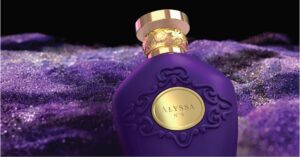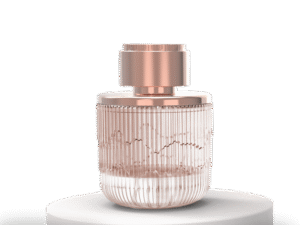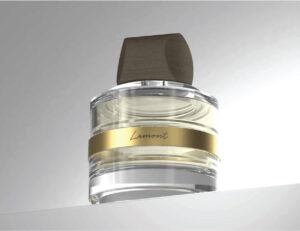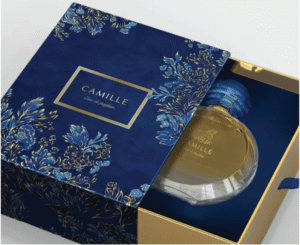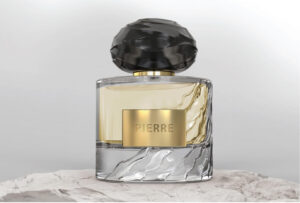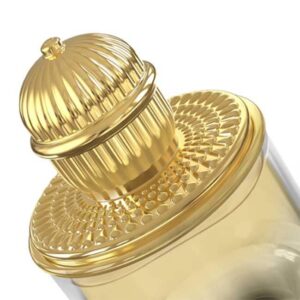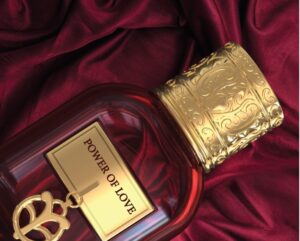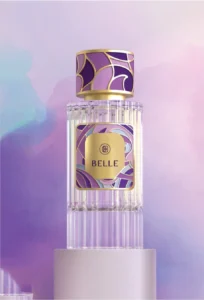Luxury Packaging : How Sustainable Perfume Packaging maintains Luxury Cues
Sensory details — texture, weight, sound, and color — are powerful cues consumers use to judge the level of luxury in sustainable perfume packaging. But as brands move toward full sustainability, it becomes more challenging to maintain all of these luxury signals without compromise.
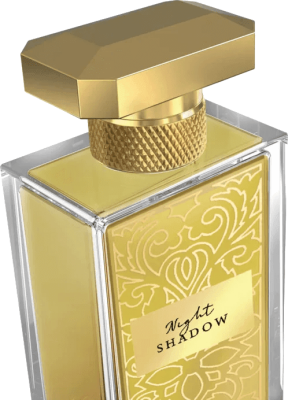
The Challenge of Creating Sustainable Weight and Heaviness
Traditionally, brands add iron weights inside plastic caps to create a feeling of heaviness and quality. However, if a brand wants to offer fully recyclable or biodegradable packaging, these metal inserts can no longer be used. Sustainable perfume packaging tends to prosper better when there are mono materials.
Similarly, switching to PCR plastics or biodegradable resins introduces visible changes. These materials may show small imperfections, color variations, or reduced strength compared to virgin plastics. In order to maintain full biodegradability, brands must also avoid traditional shiny varnishes and metallisation. These finishes have long been staples of luxury perfume packaging to create a glamorous look. Click mechanisms and magnets can still add a premium tactile experience. However, if the outer perfume packaging lacks visual luxury cues, the overall effect can feel incomplete.
The Use of Biodegradable Materials in Sustainable Perfume Packaging
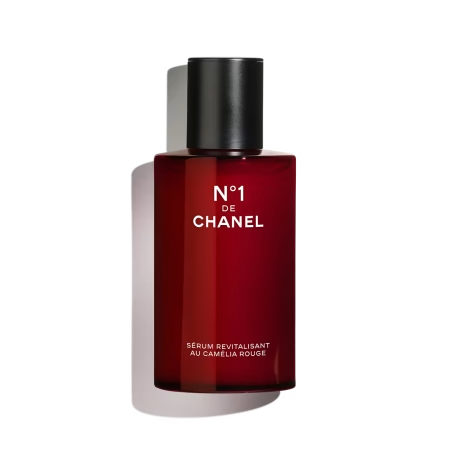
Wood and Cork: Natural Choices for Sustainable Caps
Wood remains a favourite sustainable perfume packaging material for luxury perfumes, although not all woods used are FSC certified. The most sustainable woods for packaging include ash, birch, bamboo, and cork. Treatments like staining, engraving, and heat stamping can elevate ash and birch into truly luxurious finishes.
European partners have developed wooden perfume caps that eliminate the need for PP plastic liners. Instead, they use cork inserts to create a friction fit with the perfume collar. However, cork itself cannot achieve a smooth, glossy finish, making it better suited for brands seeking a rustic, natural aesthetic rather than a highly polished one. Cork lids also generally require some pp plastic reinforcement to maintain long-term integrity.
Aluminium: Sustainable, with a Catch
Aluminium offers another promising sustainable perfume packaging option — provided it remains recyclable. Unfortunately, many aluminium lids and caps require a PP plastic liner to strengthen the thin metal, which complicates recycling because the two materials cannot easily be separated. Even when using moulded aluminium for perfume caps, brands often face the same issue: a hidden PP insert that limits full recyclability.
The Complex Reality of Glass
Glass enjoys a strong sustainable image because it can be recycled. However, its eco-credentials are mixed. Manufacturing glass is extremely energy-intensive, and even recycled glass can only replace a small percentage of new material to maintain strength.
Today, glass manufacturers are under pressure to reduce the weight of jars and bottles to lower carbon footprints. But lighter glass tends to be weaker — and crucially, luxury consumers often associate weight with value. A thick glass wall and a heavy base continue to signal true luxury, meaning brands face a difficult balance between eco-consciousness and consumer expectations.
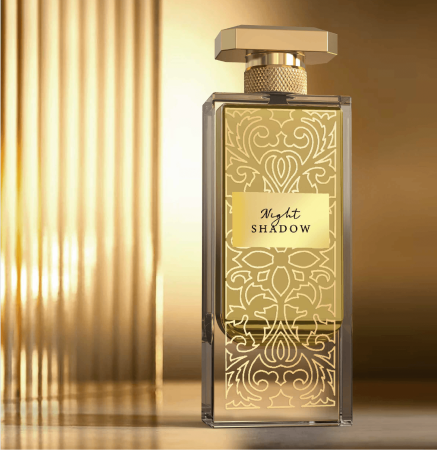
Modular Packaging: A Growing Solution
One promising approach in sustainable perfume packaging is the trend toward removable and replaceable components. This allows brands to maintain a luxurious exterior using traditional materials, while offering an eco-friendly refill system.
Brands using this model typically follow a structure:
- Luxury outer shells made of glass or metal, designed like jewellery pieces.
- Lightweight, mono-material refill pods inside.
- Click locks or magnets that provide a satisfying, premium feel.
- Highly customised and decorated outer shells.
Dior’s Rouge lipstick refill system and Charlotte Tilbury’s Magic Cream jars with removable inner cups are excellent examples of how luxury and sustainability can be combined.
Sustainable Perfume Packaging Options for Paper and Board Packaging
For cartons and rigid boxes, there are three main ways brands can reduce their environmental impact:
- FSC-Certified Virgin Paper: Paper from responsibly managed forests offers strength and pure white finishes, though it still requires cutting down trees.
- Recycled Paper: More sustainable but generally less strong and less smooth than virgin paper.
- Alternative Fibres: Papers made from bagasse, hemp, or cotton offer stronger fibres than wood pulp and greater resistance to tearing and aging. Hemp, for instance, requires less bleaching during production.
Sustainable paper packaging tends to convey a quiet, understated, natural chic. Achieving a glossy, glamorous look with sustainable materials is much harder. Luxury effects like metallic foil, soft-touch finishes, gloss, and matte plastic laminations traditionally relied on coatings that reduce recyclability. Although biodegradable PLA-based laminations are being developed, they are not yet widely available. Eco foils are being developed, but are also not widely available.
It’s important to note that recycled papers and alternative fibres often show visible textures and fibres, lending themselves to brands that openly embrace an eco-driven aesthetic. Printing on recycled or uncoated paper can also be more challenging, as ink absorption is less even. It is difficult to print the full range of colours on paper where there is uneven ink absorption.
Conclusion: Sustainability and Luxury Are Evolving Together
For brands seeking to combine environmental responsibility with a luxurious look, the best printing strategy is to use FSC-certified or alternative fiber papers, and to invest in premium, sustainable finishes like embossing, debossing, water-based coatings, PLA laminations, and eco foils.
Sustainability and luxury are not opposites — but they are evolving into a new design language, one which consumers will gradually adapt to.
If you enjoyed this article, you may enjoy reading about how to choose the right perfume pump for your product.


